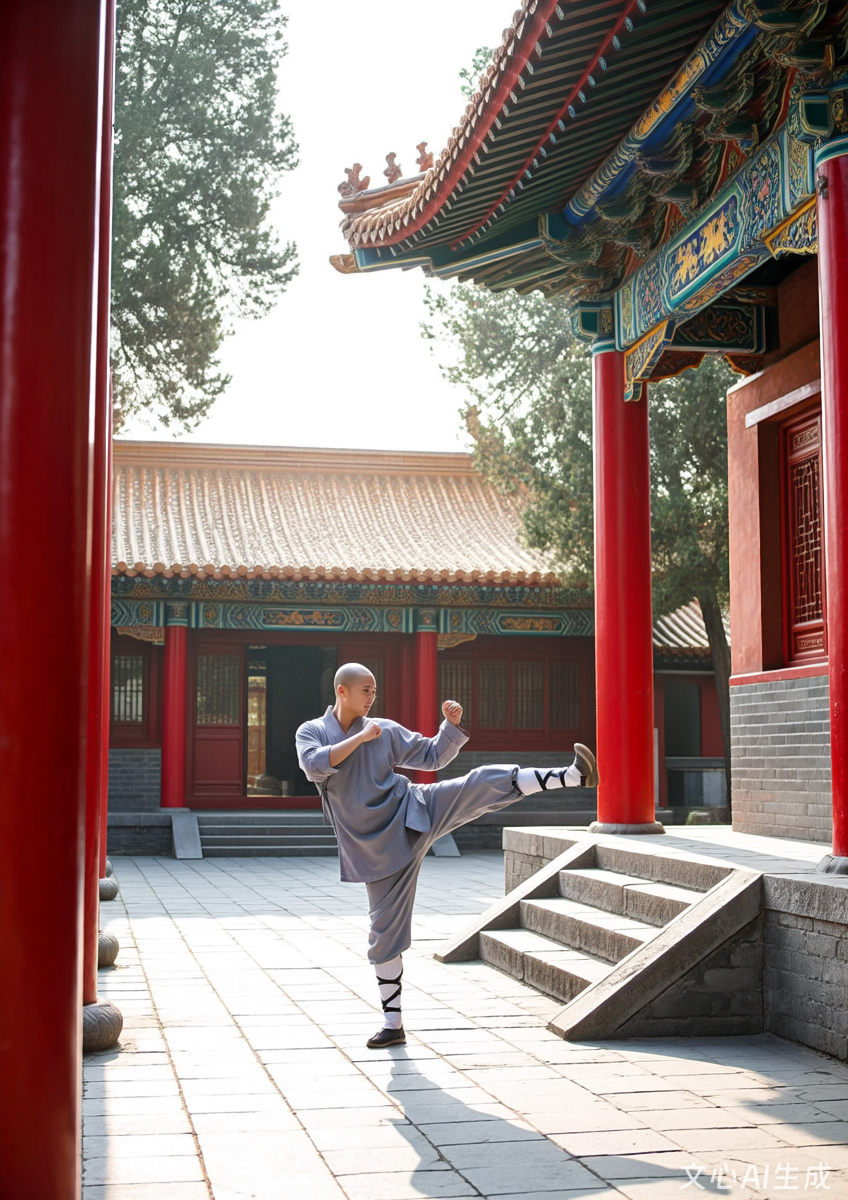
Shaolin Kung Fu: The 1,500-Year Journey of Zen, Martial Arts, and Cultural Legacy
Shaolin Kung Fu: Where Zen Meets Martial Excellence
Introduction
Shaolin Kung Fu, originating from the Shaolin Temple in Henan Province, China, is not merely a martial art—it’s a living testament to the fusion of physical discipline and spiritual enlightenment. With over 1,500 years of history, it has evolved from a monastic self-defense system into a global symbol of Chinese cultural identity.
Founded during the Northern Wei Dynasty (386–534 CE), Shaolin Kung Fu emerged when the Indian monk Bodhidharma introduced physical exercises to strengthen the temple’s monks. These practices, initially designed to improve health and combat readiness, gradually developed into a structured system of combat techniques. By the Tang Dynasty (618–907 CE), Shaolin monks gained fame for their military prowess, protecting emperors and suppressing rebellions.
Today, Shaolin Kung Fu transcends borders, inspiring millions through films, international schools, and cultural exchanges. The Shaolin Temple itself hosts over 200 overseas centers, promoting cross-cultural dialogue.
Philosophical Core: The Unity of Zen and Kung FuAt its heart, Shaolin Kung Fu embodies the principle of “Chan Wu Yi Yuan” (unity of Zen and martial arts). Training demands more than physical strength—it requires mental clarity, patience, and adherence to Buddhist principles like non-violence and self-restraint.
- Zen Integration: Practitioners meditate to harmonize mind and body, viewing each move as a path to enlightenment.
- Six Harmonies: Techniques emphasize coordination of hands, feet, elbows, knees, and internal energy (qi).
- Yin and Yang Balance: Movements combine dynamic strikes with static stances, reflecting Taoist philosophy.
Shaolin training is notorious for its rigor, blending ancient traditions with modern adaptations:
- Basic Drills:
- Carrying water buckets up temple steps to build endurance.
- Practicing stances for hours to strengthen muscles.
- Weapon Mastery:
- Staff (gun), sword (jian), and broadsword (dao) techniques.
- The “18 Lohan Hands” form, a foundational routine.
- Advanced Techniques:
- Qigong breathing exercises for internal energy.
- “Iron Body” training (e.g., breaking bricks with the head).
Fun Fact: The 48 pits in the Qianfo Hall’s floor are physical evidence of centuries of monks’ dedication.
Modern Influence: From Hollywood to Global WellnessShaolin Kung Fu’s cultural impact is undeniable:
- Film & Media: Movies like Shaolin Temple (1982) and Crouching Tiger, Hidden Dragon (2000) sparked global “Kung Fu fever.”
- Health Benefits: Modern enthusiasts practice it for fitness, stress relief, and flexibility.
- Sport Adaptation: Techniques like Liu Haike’s “Seven Star Fist” now influence competitive kickboxing.
Beyond combat, Shaolin Kung Fu teaches resilience, humility, and respect for tradition. As UNESCO recognizes it as an intangible cultural heritage, its legacy continues to inspire—proving that true strength lies in the harmony of body, mind, and spirit.
Image Insert:
Caption: A Shaolin monk practices a dynamic kick in the temple courtyard, surrounded by ancient architecture and mountain vistas—a blend of physical precision and Zen serenity.











